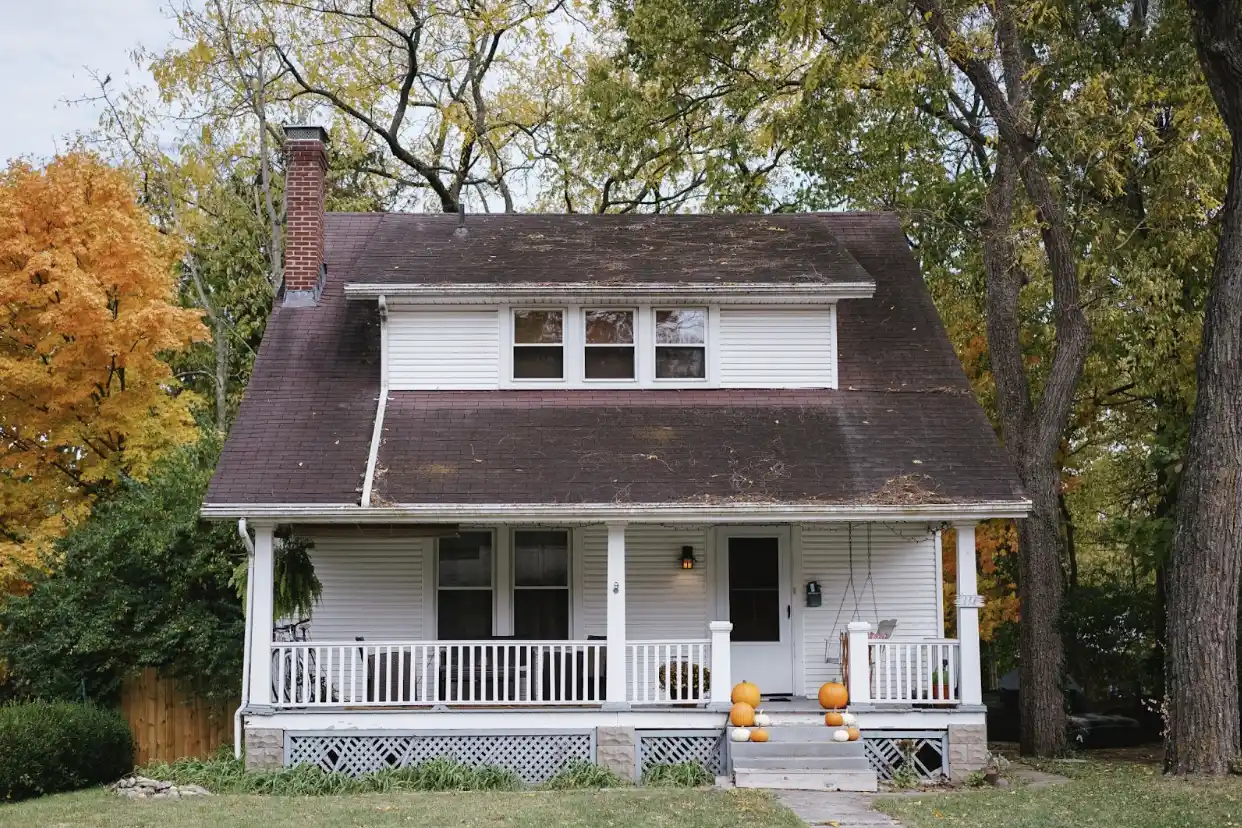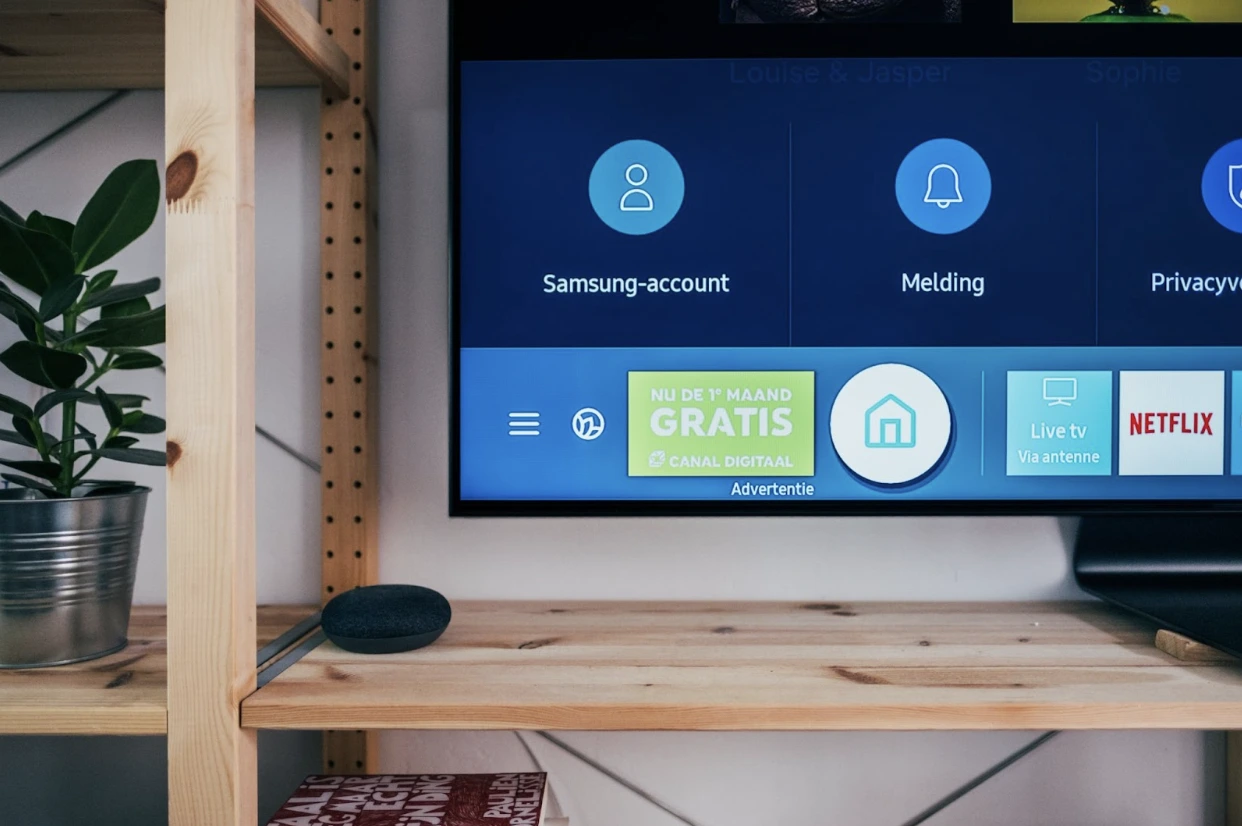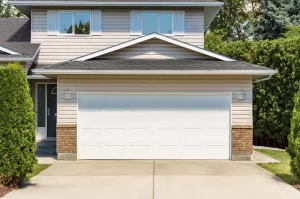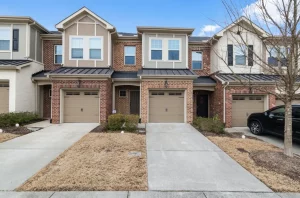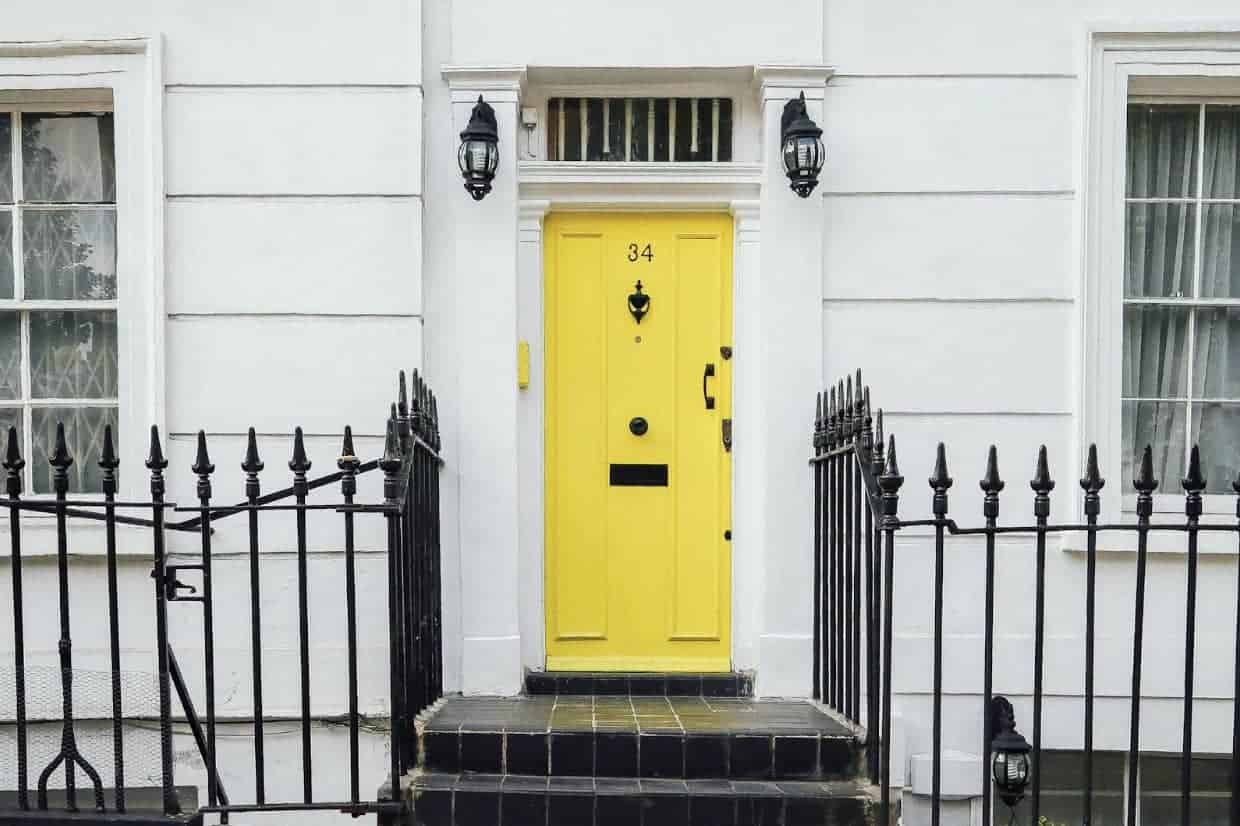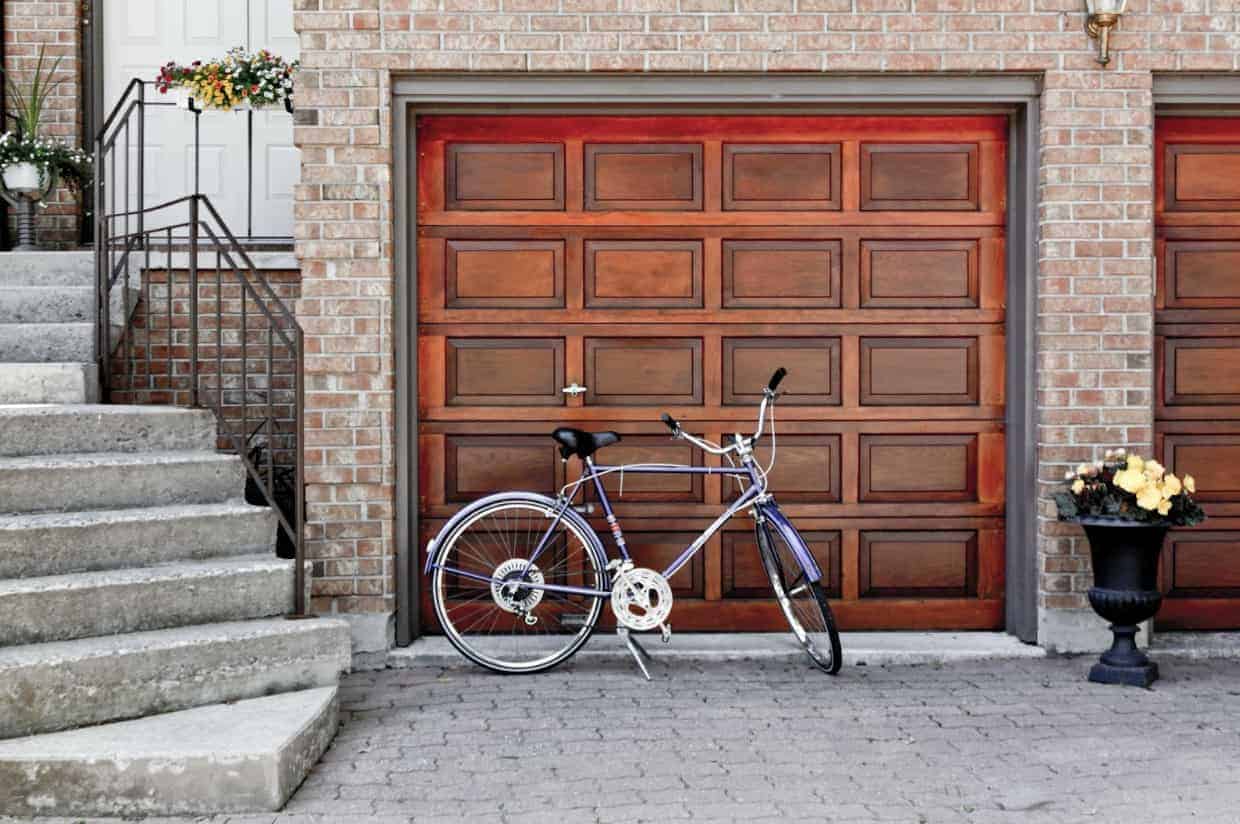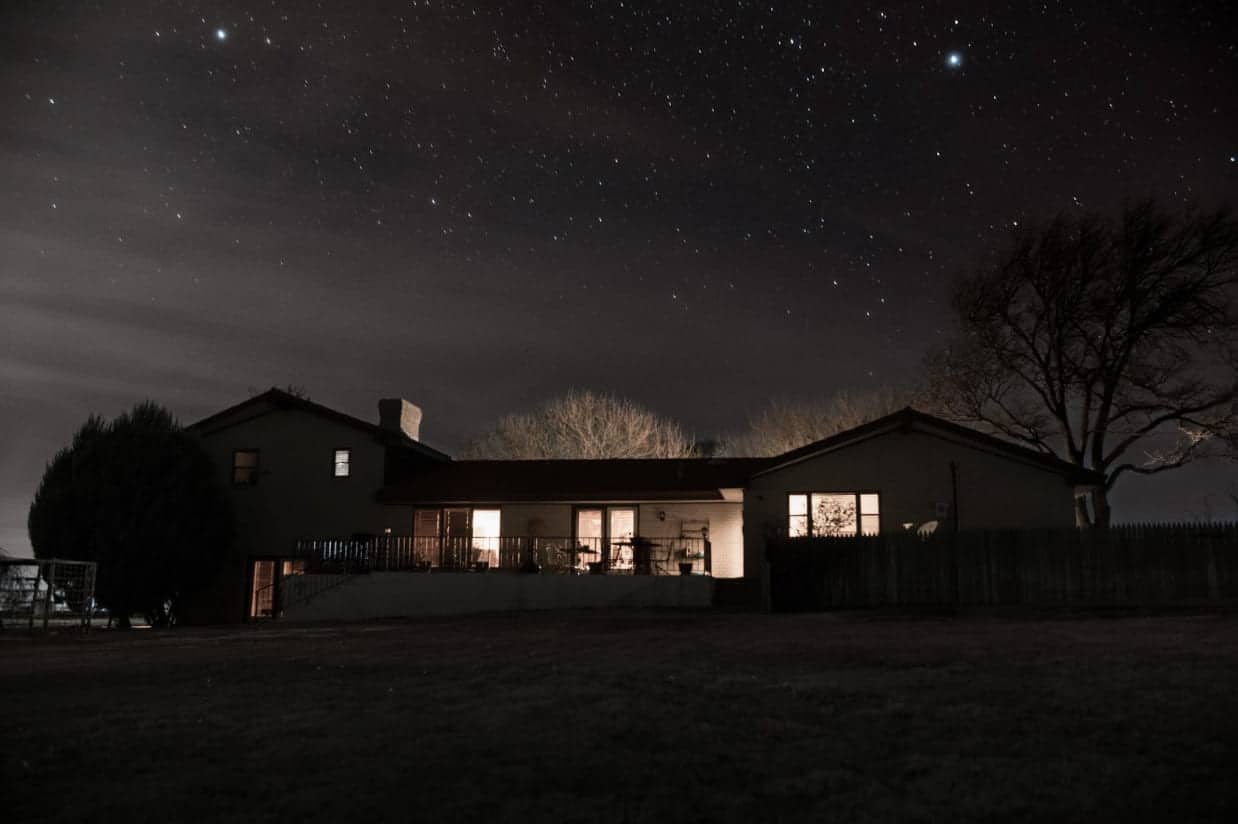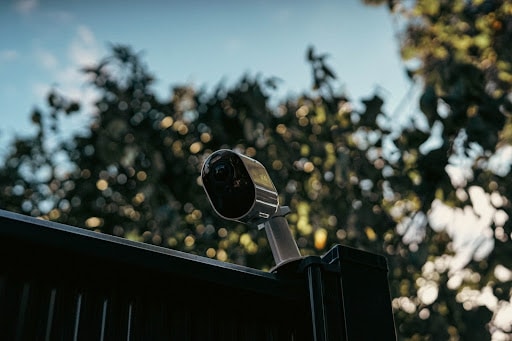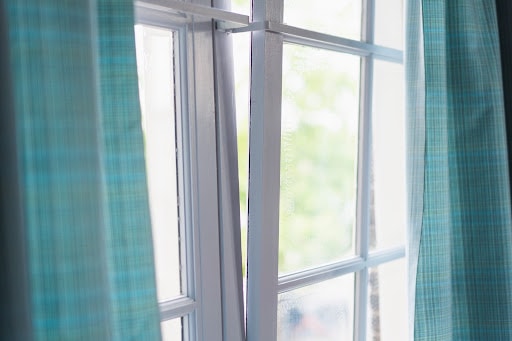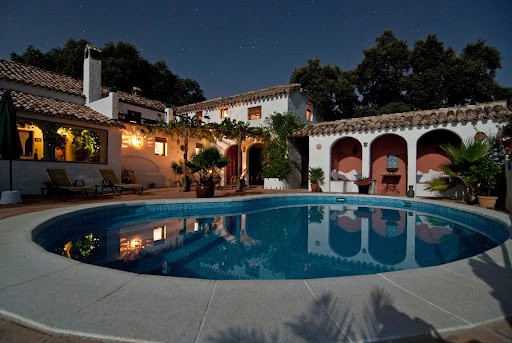Read time: 3 minutes
Planning for a vacation is exciting, but ensuring your home’s security before you leave is crucial. Here are seven essential steps to prep your home before you leave for your well-deserved getaway.
1. Secure every entry point. Securing your home goes beyond locking the front door. Before leaving, thoroughly check and secure every entry point, including windows, exterior doors, garages, and sheds. Ensure all windows are locked, and any valuables in vehicles are out of sight and stashed away securely.
2. Sort out your spare keys. It’s important to know where any spare keys are and who has access to them, no matter what. If you aren’t 100% certain you know where every key is, you should consider rekeying your home for extra security. We recommend rekeying your locks every time you move, so if you haven’t done that already, now may be the time.
3. Stay in touch. Consider installing smart security devices like doorbell cameras, smart locks, and remote-controlled lights to stay in touch while you’re away. Doorbell cameras allow you to keep an eye on your home and receive alerts if movement is detected. Smart locks allow you to ensure that all doors are locked when they need to be. Additionally, remotely controlling lights can create the illusion of activity, deterring potential intruders.
4. Choose a trusted house sitter to check on your home. If you’re considering using a house sitter, make sure to choose somebody you trust. If you have smart locks installed, we recommend setting a separate passcode for your house sitter to use and then deleting it once you return. Otherwise, make sure there is a spare key available and that you receive it back when you return.
5. Enjoy the moment – your followers can wait. In today’s world that allows us to share anything in an instant, it can be challenging to remember to wait – but it’s important that you post about your trip after you return home. It can be exciting to post about your upcoming travels, but it’s better to wait – that way you can post pictures, too.
6. Notify trusted neighbors. Inform trusted neighbors about your vacation plans, asking them to keep an eye on your property. Request their assistance in collecting mail, newspapers, or packages to prevent signs of an unattended home.
7. Contact Pop-A-Lock for peace of mind. Before leaving for your vacation, reach out to Pop-A-Lock for any locksmith needs at home or on the road. Our expert services ensure your home’s security, allowing you to enjoy your vacation worry-free.
The bottom line:
Taking these proactive measures before you leave ensures your home remains safe and secure while you’re away. Remember that Pop-A-Lock is here to help with any of your locksmithing needs at home or on the road. For more information, or to get in touch with a local Pop-A-Lock locksmith in your area, visit our website at popalock.com.
###
Pop-A-Lock was founded in 1991 by local law enforcement officers who recognized the need for a mobile, on-site locksmith in their area. Since then, Pop-A-Lock has grown to become one of the nation’s largest and most trusted local locksmiths, providing peace of mind to over 8,500 communities. In addition to automotive services, Pop-A-Lock also offers at-the-door residential and commercial services. To learn more, visit popalock.com.

